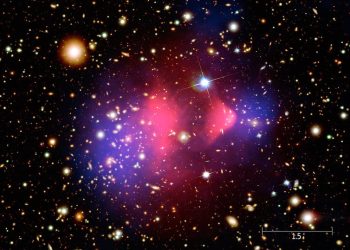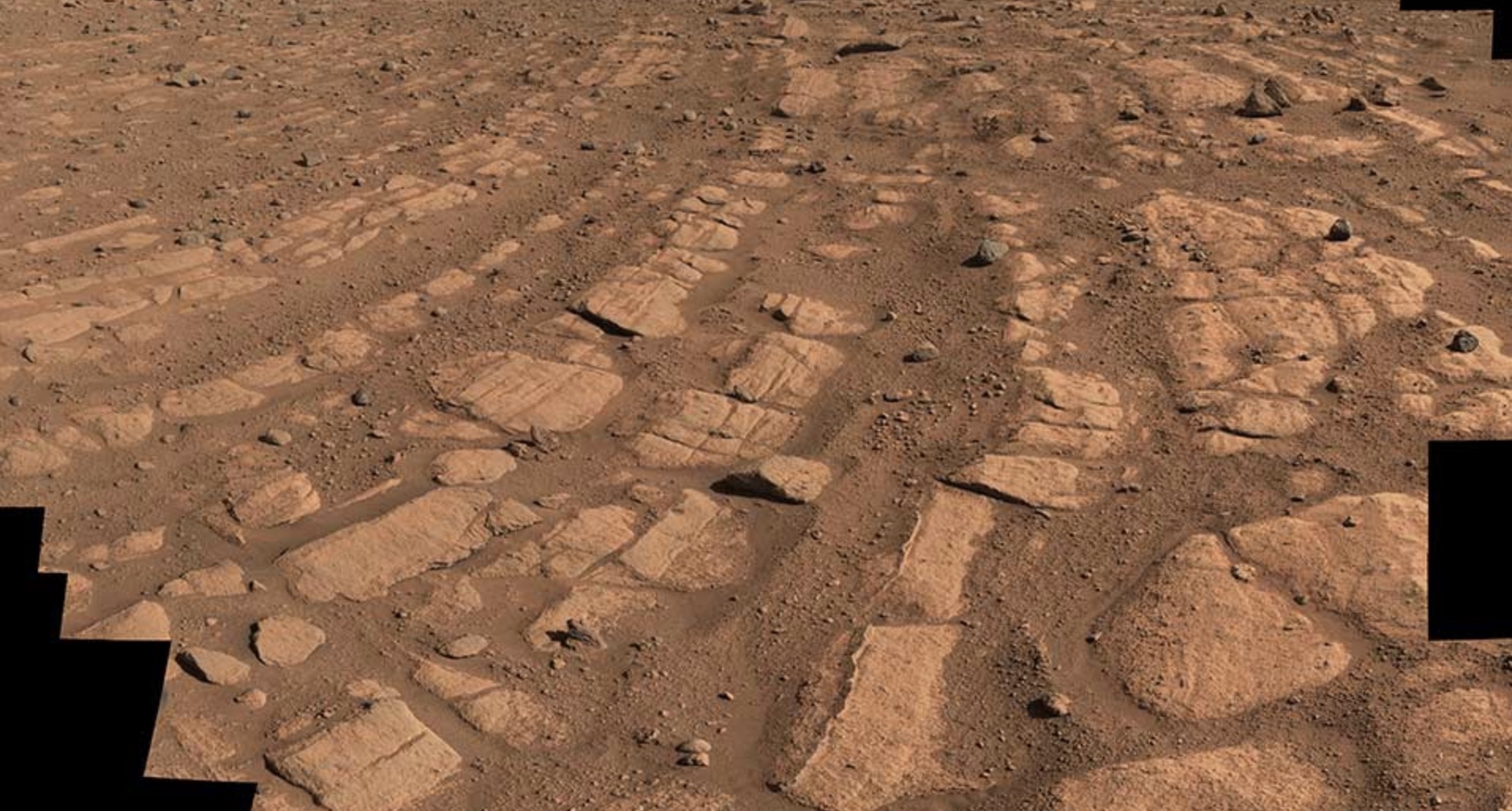Astronomers have unveiled the discovery of a new super-Neptune exoplanet that promises to shed light on the mysterious “Neptunian savanna.” Named TOI-5005 b, this colossal world is located some 685 light years from Earth and orbits a sun-like star. The planet, which is about six times larger and over 30 times more massive than our home planet, was identified through observations from NASA’s Transiting Exoplanet Survey Satellite (TESS). The details of the finding were recently shared in a paper published on September 26.
TESS is on a mission to survey approximately 200,000 of the brightest stars near the sun, scanning the skies for planets that pass—or transit—across their stars. So far, it has revealed more than 7,200 potential exoplanets, known as TESS Objects of Interest (TOI), with 557 of these confirmed.
A recent effort, led by Amadeo Castro-González of the Astrobiology Center in Madrid, focused on one such TOI: a moderately bright star, TOI-5005. It resembles our sun and falls under the G2V spectral type category. Follow-up ground-based observations confirmed that a transit signal spotted by TESS did indeed belong to a planet, now known as TOI-5005 b.
What We Know About TOI-5005 b
TOI-5005 b is no ordinary exoplanet. This giant planet, located light-years away, is around six times the size of Earth and weighs a staggering 32 times more. But what really makes it stand out is its incredibly low density. To put that into perspective, even though TOI-5005 b is massive, it’s much less dense than Earth, meaning it’s made up of lighter materials or gas. It zips around its host star every 6.3 days, covering a distance that’s just a tiny fraction of the distance between the Earth and the Sun. With temperatures soaring over 1,000 degrees Celsius, it’s certainly not a place you’d want to visit.
Scientists believe this exoplanet was formed through a process known as core accretion, where bits of material slowly come together to form a planet. Most of its core consists of heavier elements, but it’s also surrounded by a lighter, gas-filled outer layer. While it’s similar to planets like Neptune and Uranus, TOI-5005 b has a slightly different composition, making it a unique find.
What makes TOI-5005 b even more fascinating is where it sits in space. It’s part of an area astronomers call the “Neptunian savanna,” which is home to planets like Neptune that have longer orbits but are still rare. Unlike the “Neptunian desert,” where it’s almost impossible to find these types of planets, the savanna hosts a select few, and TOI-5005 b is one of them. Most planets here are denser, which makes TOI-5005 b a real outlier and an exciting subject for further study.
Why TOI-5005 b Matters
This discovery is reshaping how we understand planet formation, especially for planets that don’t fit the usual mold. TOI-5005 b’s strange characteristics may help scientists unlock new insights into the diverse ways planets evolve across the universe.
The relatively bright host star of TOI-5005 makes this planetary system an ideal candidate for future studies. By observing its atmosphere and orbital properties, scientists hope to gain further insights into how such planets form and evolve, potentially unlocking new secrets about the Neptunian savanna and similar exoplanetary systems.











